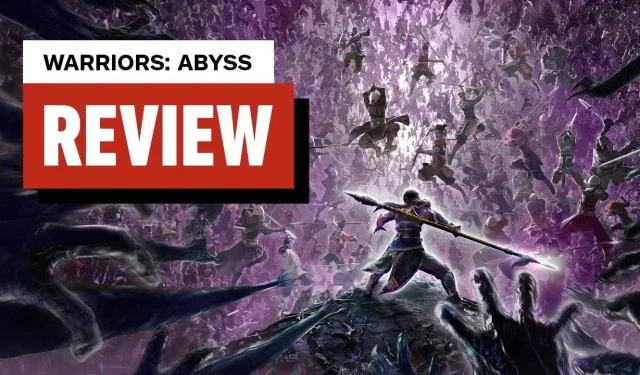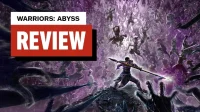In the dynamic world of video games, few franchises have shown as much resilience and adaptability as the Dynasty Warriors series. The latest installment, Warriors: Abyss, has stirred conversation among fans and critics alike. In this article, we explore the core features of Warriors: Abyss, uncovering its strengths and weaknesses as it merges traditional hack-and-slash gameplay with the innovative mechanics of a roguelite. From combat mechanics to character customization, we dive into what makes this game both familiar and fresh.
Gameplay Mechanics: A Blend of Old and New
At its heart, Warriors: Abyss retains the series’ beloved combat system, enabling players to engage in massive battles against countless enemies. However, the game introduces a roguelite twist, granting players the opportunity to explore procedural elements while navigating through hordes of foes. Although this expansion into a new genre presents exciting possibilities, it is not without its pitfalls. Critics have pointed out that the narrative lacks depth, giving it an open-ended but cookie-cutter feel that detracts from the overall experience.
The combat remains engaging, offering various tactics to take down enemies and bosses. Yet, the boss fights tend to be predictable, failing to capitalize on the unique opportunities that roguelite mechanics should provide. This combo of engaging single-player mechanics juxtaposed against seemingly repetitive encounters leaves players wanting a little more in terms of diversity in challenge and gameplay pacing.
Character Customization: A Multitude of Choices
One of the standout features in Warriors: Abyss is the extensive character customization available to players. With a vast array of characters from the Dynasty Warriors universe, players can tailor their builds to suit their playstyle. This multitude of options promotes replayability, allowing fans to experiment with different characters and strategies as they progress through the game.
The customization aspect extends beyond appearances, encapsulating the very core of gameplay dynamics. Players can forge unique combinations of abilities and play styles, ensuring that no two runs are ever the same. This layer of personalization is crucial for a roguelite, as it encourages players to dive back in for another round, despite any disappointments with the overarching storyline. The game thus manages to redeem itself through the depth of its customizability, fostering player engagement over time.
Cultural Relevance: Evolution of a Legacy
Warriors: Abyss marks another chapter in the evolution of the Dynasty Warriors franchise, which has long held a place in the hearts of hack-and-slash enthusiasts. It reflects the ongoing effort to innovate within an established series while respecting its roots. The transition into a new genre is a bold move but highlights the developers’ willingness to experiment and push boundaries. While it may stumble in narrative coherence and repetitive elements, Abyss successfully introduces its fanbase to the roguelite experience.
This game is particularly relevant in a gaming landscape increasingly focused on player agency and choice, resonating with modern gamers who appreciate not only action but also depth and variability in gameplay. The cultural significance of adapting popular franchises into new formats speaks to a broader trend of gaming evolution, suggesting a hopeful future for long-standing series.
Final Thoughts on Warriors: Abyss
In conclusion, Warriors: Abyss presents a mixed bag of experiences. It honors the beloved gameplay and character roster that fans cherish while experimenting with new mechanics that may not resonate with everyone. The roguelite elements offer replayability, yet the lack of compelling narrative and repetitive battles hold it back from being a standout title in its genre. As fans look to the future, one must ponder: Can this franchise continue to innovate successfully, or will it succumb to the familiar pitfalls that often accompany long-running series?
https://www.youtube.com/watch?v=GBk4hG19dpo


